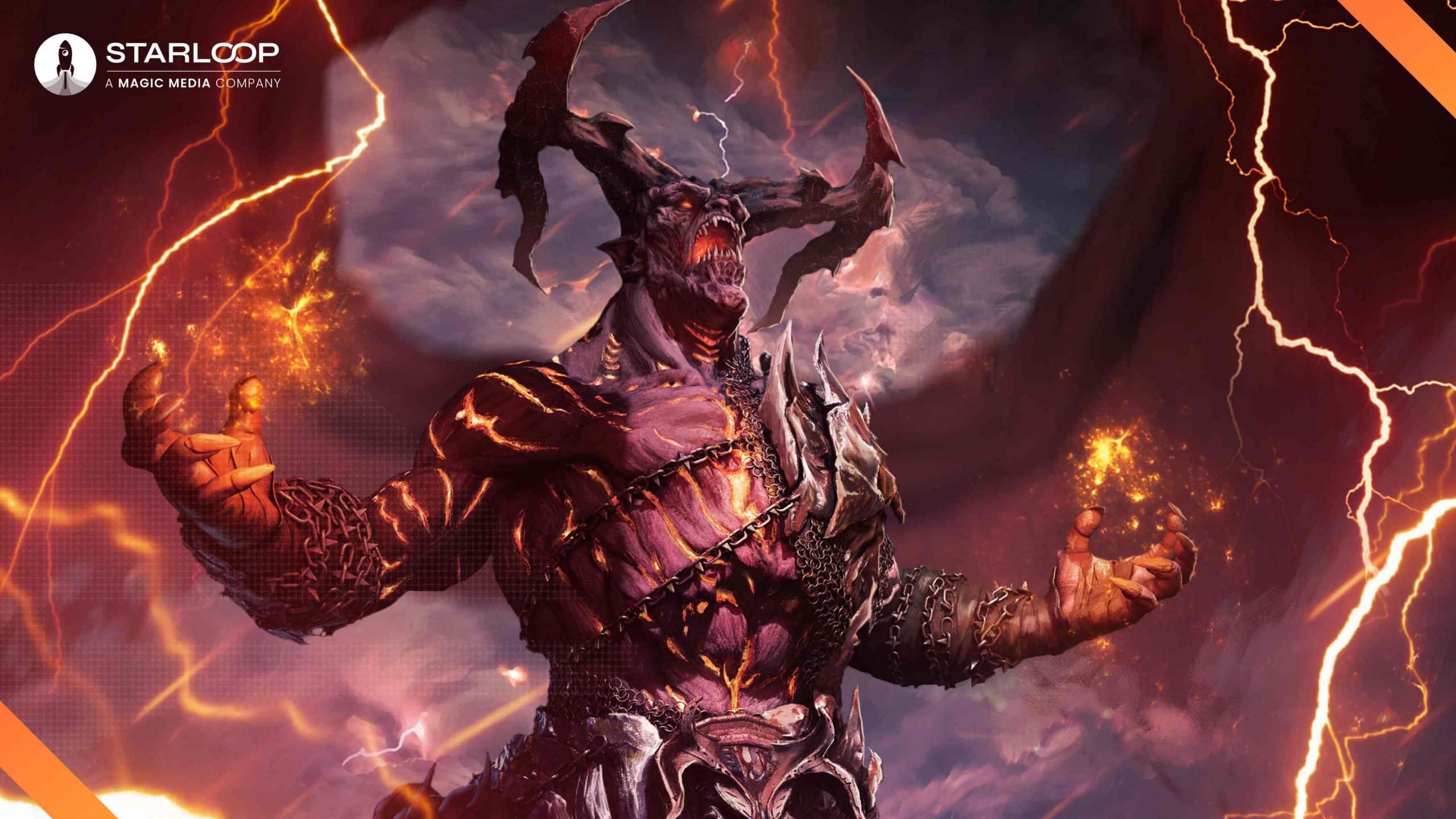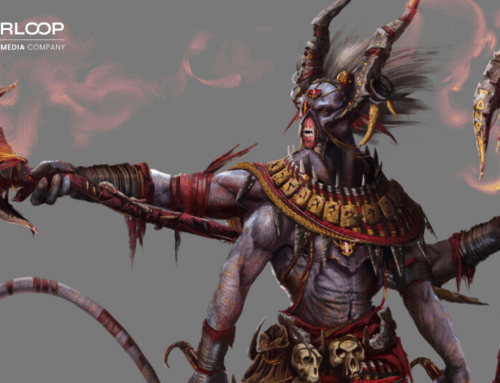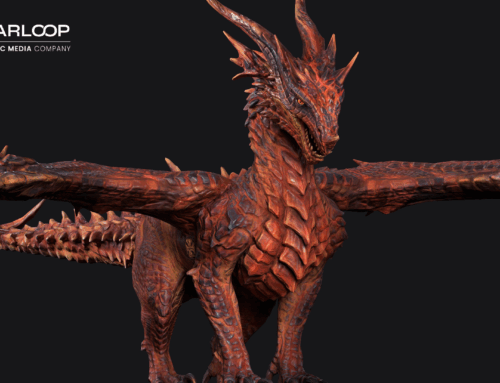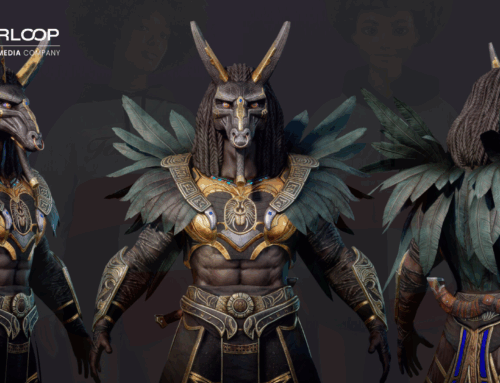Virtual reality gaming has been growing steadily for several years. It’s now a multi-billion dollar industry in its own right, separate from the gaming industry as a whole. Bearing this in mind, developers and publishers are more than ever looking into game porting services for VR.
Porting games to more traditional platforms has a host of challenges, which can vary wildly depending on what platform the original game was built for, where it’s being ported to, and the target platform’s power. These are important considerations no matter what the game porting project is, but there are more intricacies when it comes to porting to VR platforms to VR platforms like Oculus Quest and Meta Quest 2.
The Meta Quest Platform
Oculus Quest and Meta Quest 2, formerly known as Oculus Quest 2, are popular virtual reality headsets created by Meta Platforms. Along with PlayStation VR and Valve Index, the Meta Platforms-made headsets are some of the most notable VR headsets currently in the market.
Among the slate of upcoming new VR games, ports are becoming more popular. Some of the best Meta Quest games are ports of titles originating from traditional platforms, such as the classic Resident Evil 4 and Sniper Elite. Ports such as these, alongside made-for-VR hits like Beat Saber, are what make the Meta Quest platforms such a popular and modern way to play games.
Quest Porting Technical Considerations
It can be challenging to maintain a game’s atmosphere when porting, but performance is paramount to a smooth VR gaming experience. The best Meta Quest games and their developers take extreme care in how their game runs, in particular, its frames per second. A higher FPS means a smoother experience overall, and lower FPS counts can lead to jittery gameplay experiences, which can be easily noticed by players. New VR games tend to aim for higher FPS counts, generally, 90 FPS, which is enabled with modern VR hardware like Meta Quest 2.
There are also health and safety concerns related to FPS counts in VR games. Lower frame rates in VR games can result in headaches and disorientation, which any developer would want to avoid. Generally, the lower the FPS the higher the chance of inducing these adverse effects, so with this in mind, it’s advisable to aim for 90 FPS if possible for new VR games. This can be a significant challenge for many developers porting games that run at 30 FPS or 60 FPS, but aiming for 90 FPS or higher is imperative to a smooth experience and safety.
Draw Calls and Visual Changes
Another important performance consideration is draw calls. Draw calls refer to rendered objects – how much a Meta Quest user sees on screen at any one time. A draw call on its basic level is a message from the CPU to the GPU to tell it to render in-game objects, but too many of these can greatly impact performance. Too many draw calls can cause a game to run sluggishly, and the best Meta Quest games keep the number of them as low as possible to maintain good performance.
It’s important to note that porting to VR will also likely require redesigning some elements of the game. Menus, for instance, benefit from being altered as traditional 2D menus seen in non-VR titles don’t translate well to virtual reality environments.
Unlike traditional ports, porting to Meta Quest isn’t necessarily about updating textures and 3D models, but about being able to support the intense performance requirements of VR games for the sake of a smooth playing experience and safety. There are many VR platforms out there with different requirements. Meta Quest 2, for example, only needs to connect to a PC with a Meta Link Cable for backward compatibility with Oculus Rift games.
Starloop Studios is proud to be part of the Magic Media group, an international group specialising in entertainment and gaming industry services. Our wide range of offerings includes VFX, blockchain gaming, game art services, and more. Reach out today to avail of our expertise and A-Z services for your projects.



